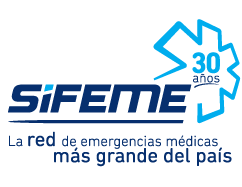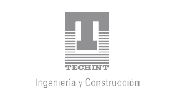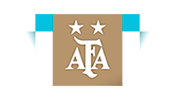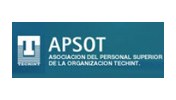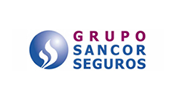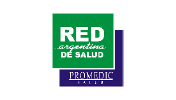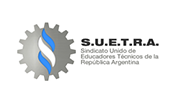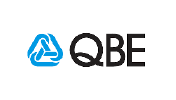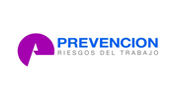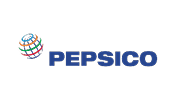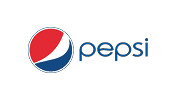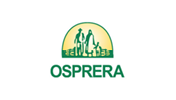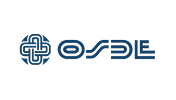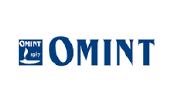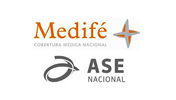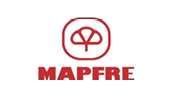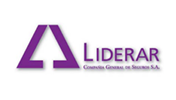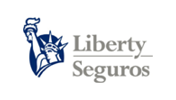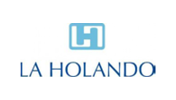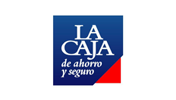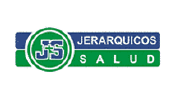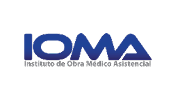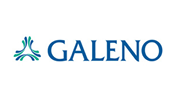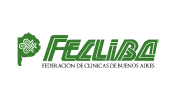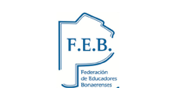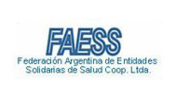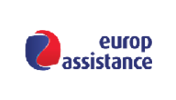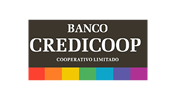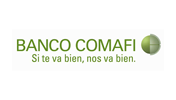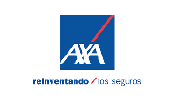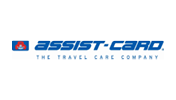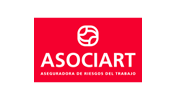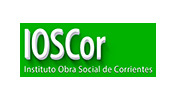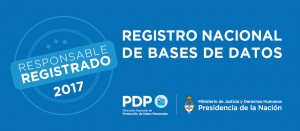Excessive costs may even be a red flag that possible fraud is occurring. Cost accounting helps ensure that financial costs are within an acceptable range and helps an organization make reliable forward-looking financial decisions. These cost classifications are common in businesses that produce large quantities of an item that is then packaged into smaller, sellable quantities such as soft drinks or cereal.
- A company’s variable costs increase or decrease according to production volume.
- This means they will have to either find a larger vehicle and incur higher gas expenses or take a second car, which will at least double the fixed gas cost.
- This type of problem is frequently encountered, as many expenses contain both fixed and variable components.
- In practice, the classification of costs changes as the use of the cost data changes.
This method of costing is termed process costing and is covered in Process Costing. Some costs, called mixed costs, have characteristics of both fixed and variable costs. For example, a company pays a fee of $1,000 for the first 800 local phone calls in a month and $0.10 per local call made above 800.
What is Cost Behavior Analysis?
Mixed costs or semi-variable costs have properties of both fixed and variable costs due to the presence of both variable and fixed components in them. An example of mixed cost is telephone expense because it usually consists of a fixed component such as line rent and fixed subscription charges as well as variable cost charged per minute cost. Another mixed cost example is delivery cost which has a fixed component of depreciation cost of trucks and a variable component of fuel expense. Tony’s information illustrates that, despite the unchanging fixed cost of rent, as the level of activity increases, the per-unit fixed cost falls. In other words, fixed costs remain fixed in total but can increase or decrease on a per-unit basis.
- Muntasir Minhaz Muntasir runs his own businesses and has a business degree.
- The graphs for the fixed cost per unit and variable cost per unit look exactly opposite the total fixed costs and total variable costs graphs.
- However, for every night that a room is rented, Ocean Breeze must remit an additional tax amount of $5.00 per room per night.
- For example, the cost of materials used to make a product, such as wood or metal, is a variable cost because it changes with the number of products produced.
- Other businesses have attempted to avoid fixed costs so that they can maintain a more stable stream of income relative to sales.
- Fixed and variable prices are assumed to be constant, but that is only sometimes the case in practice.
By paying a fixed cost of $500 per month, you have the space to store a set number of blankets. If you need greater space, your fixed cost of rent may increase. Once you incur a fixed cost, it does not change within a given range. For example, Pat can take up to five people in one car, so the cost of the car is fixed for up to five people.
Fixed and variable prices are assumed to be constant, but that is only sometimes the case in practice. Even if the company didn’t produce any tiles that month, the company still would have to pay $10,000 to rent the machine. These questions are complex why you should explore more test automation models to address in live human brains, so researchers have turned to animal models of brain injury, mostly rodents. Ackermans says these models can be valuable for some specific applications, but results can often be difficult to translate to humans.
However, those components have become more affordable, and there is now more outsourcing, elimination of employee benefits, and so forth. These activities suggest attempts to structure businesses with a definitive margin that scales up and down with changes in the level of business activity. Fixed costs are allocated under the absorption basis of cost accounting. Under this arrangement, fixed manufacturing overhead costs are proportionally assigned to the units produced in a reporting period, and so are recorded as assets. The average variable cost will be $70.00 per person per day, no matter how many people go on the trip. However, the total variable costs will range from $70.00, if Pat goes alone, to $350.00, if five people go.
Join PRO or PRO Plus and Get Lifetime Access to Our Premium Materials
This line then rises consistently upward to the right as it moves out along the X axis. The slope is 0.8, reflecting that the line is “rising” 8 units on the Y axis for every 10 units of “run” along the X axis. Although there are many limitations to this approach, it is a simple first attempt at examining the relationship between the cost driver and the overall costs. Cost behavior analysis can easily provide production managers with the information to decide whether to continue producing a product or to slow or stop production of a product. Activity levels can be expressed in terms of sales (retail stores), miles driven (transportation companies), or room occupancy (hotels). The high-low method does not take into account details such as cost variability.
Methods of Segregating Mixed Cost
The least‐squares regression analysis is a statistical method used to calculate variable costs. It requires a computer spreadsheet program (for example, Excel) or calculator and uses all points of data instead of just two points like the high‐low method. It is common for management to use quantitative analysis methods to illustrate cost functions. This method uses only the highest and lowest values of the cost driver and its respective costs to determine the cost function. An example of a fixed cost is the depreciation and insurance on the bakery facility and equipment.
Step Costs
Committed fixed costs are important because they cannot be avoided in lean times; discretionary fixed costs can be altered with proper planning. At right is a table that reveals rising chip costs with increases in production. For example, $1,650,000 is spent when 150,000 units are produced (150,000 X $11). Understanding cost behavior helps companies make better decisions about pricing, resource allocation, cost control, and performance evaluation. It also aids in forecasting future costs and developing budgets based on anticipated production levels.
Mixed costs
Suppose, a cost accountant says that in the total semi-variable cost, there may be a 30% fixed cost and 70 % variable cost. Now the total semi-variable cost will be divided on this basis. When a company has a large fixed cost component, it must generate a significant amount of sales volume to have a sufficient contribution margin to offset the fixed cost. Accounting software such as QuickBooks Online makes it simple to track and record cost behaviour classifications along with every aspect of your small business’s financial life.
Regression Cost Behavior Approach
Management typically performs cost behavior analysis through mathematical cost functions. The change in total costs in response to the change in some activity. For example, some of the costs of owning and operating a vehicle will increase in total with an increase in miles driven. These are referred to as variable costs and include gasoline and tires.
It seems simple to assume that a third machine should be installed but that might require additional building space. Any pricing data outside of this range is irrelevant and need not be considered. This enhanced concept of variable cost is portrayed in the accompanying graphic. The activity base is the item or event that causes the incurrence of a variable cost. It is easy to think of the activity base in terms of units produced, but it can be more than that.
If it wanted to make an additional 1,000 units, the company would need to rent additional space or move to a new space. Producing 16,000 units is outside the relevant range and therefore $12,000 per month for rent would no longer be valid at that production level. The relevant range for the rent is zero units produced to 15,000 units produced. Consider that some fixed costs are committed fixed costs arising from an organization’s commitment to engage in operations. These elements include such items as depreciation, rent, insurance, property taxes, and the like. These costs are not easily adjusted with changes in business activity.
